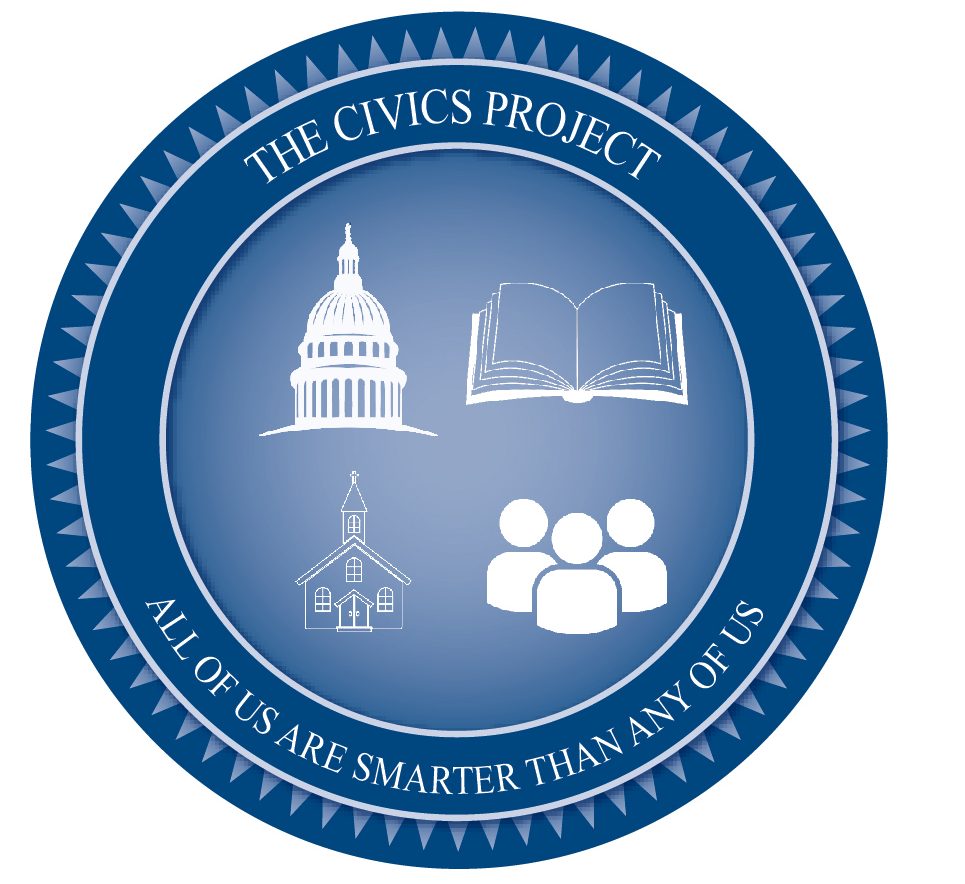In trying to make sense of Niagara Falls from a civics standpoint, we’ll frequently need a history lesson from someone who was involved. It was in this vein that I knew I needed to hear from Vince Anello. People like this don’t grow on trees, but they do walk among us and we often forget how invaluable they are.
Vince Anello elicits passion from people. He’s extremely intelligent without coming off as intellectual and has forgotten more about city government than many of us will ever learn. But he’s not everyone’s cup of tea either. I remember when the casino first opened, was late on its payment to the city, so he decided he’d move cement barriers in front of the entrances to the casino. They could run their business as they wanted on their plot of land, but he wasn’t going to let that business utilize city streets to access their business if they weren’t going to pay on time. Agree or disagree, that’s a negotiation tactic.
Vince Anello cared enough to run for and serve on the city council and run for and serve as Mayor, among many other civic involvements and he’s still doing it. To this day he operates a website dedicated to city issues and gives his time to host a radio call-in show to generate discussion among people.
Niagara Falls is the most important conversation any of us can be having right now. It’s got everything. One of the largest – and cleanest – electric generating facilities in the world; an airport with one of the longest runways on the east coast; the most visited park in all of the state; and millions of out of town visitors each year – visitors spend money, governments tax that spending, which should reduce resident taxes. This thing – the falls – could be a cash machine the magnitude of which would cause every resident to have the best services at the lowest cost.
Of course, that’s all on paper, and civics doesn’t play out on paper. To understand the differences between normative and real – what could be and what is – you study civics.
‘One thing I learned – everything the Mayor can do, the council can undo or prevent’ he said, with an air of exasperation.
What Vince was getting at is the simple concept of people working towards common goals. Or we should say NOT working towards common goals. Or maybe even worse, not taking the time to know what the common goals are.
‘Two years ago I went to a council meeting – this is ten years after a plan was printed with a nice cover and labeled as master plan, but basically the same plan that’s been in place for much longer than that. I asked the councilmembers not just has anyone read the plan, but has the plan been presented to them as a blueprint by the administration. In effect, was this the document which they would consider as they governed? Not one of them could honestly say they’d read the master plan, and it definitely was not presented as a working, governing document’.
This doesn’t make Niagara Falls a terrible place, or the council bad people. It’s probably normal or about average in the country today. But normal or average equates to dying cities in declining economies. It’s going to take more focus if we’re going to expect more results, and with the vast resources of Niagara Falls the expectations could be so much higher. But if Vince Anello – who’s given his entire life to understanding the city and working towards improving it – can’t make a dent, who can? I must admit it’s one of the sobering thoughts that give doubt.
‘You have a plan, and you have to have legislation to support that plan, and then you have a budget to support that plan. Mayor Lackey had a plan and he set it down on paper. Mayor Palillo had a plan for redevelopment and he set it down on paper. Mayor Gallie had a plan which built on Palillo and took it further, and it really started to come together for the redevelopment of downtown. It was called the Jerde Plan. Then the city engaged a consulting firm out of Toronto – some of the same people that created the master plan for the city of Toronto so they had significant experience in city planning – and we came away with a pretty concrete plan of action put together by international experts with local input. This plan was so well crafted that it was being used by UB engineering school as a positive example of city planning.’
But apparently it was never used locally as a governing tool.
Here’s the thing – it’s not as if Niagara Falls has had a lack of planning. And over the years and the various tweaking of the plan one thing has remained consistent. The plot of land which was the convention center, and is now the Seneca Casino, has been the center point. Geography matters. We have to accept and deal with the fact that we decided to outsource the absolute center of the city’s tourist district to not just an outside business, but a foreign country. Based on some loose back-of-the-napkin math – because there are no public records – it would seem the casino churns about $200 million annually. Ouch.
What drives passionate people like Vince Anello into a frothy rage are obvious things like this. The facts (and written plan) state one thing, and we somehow decide to do the opposite. And nobody quite knows why.
All of us are smarter than any of us. The civics takeaway is that action needs to follow planning.
